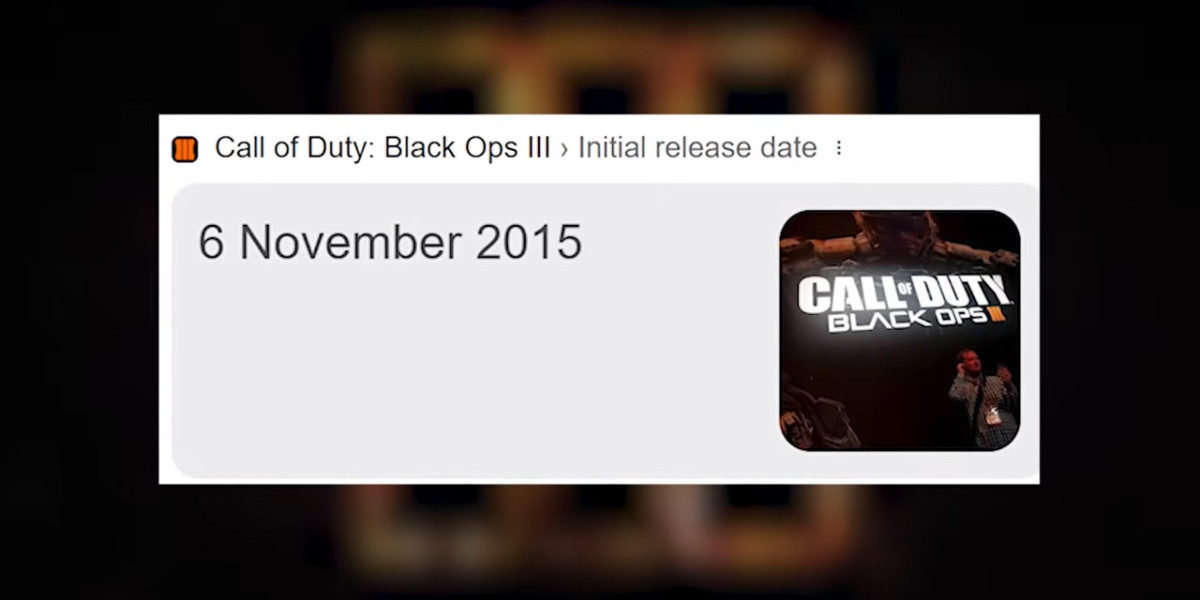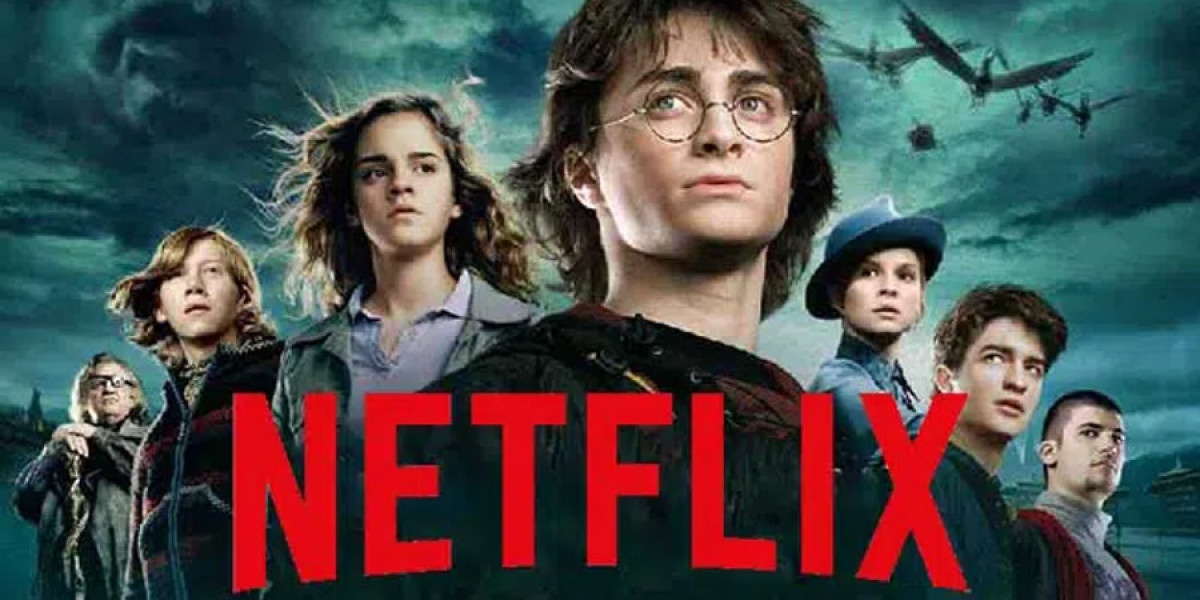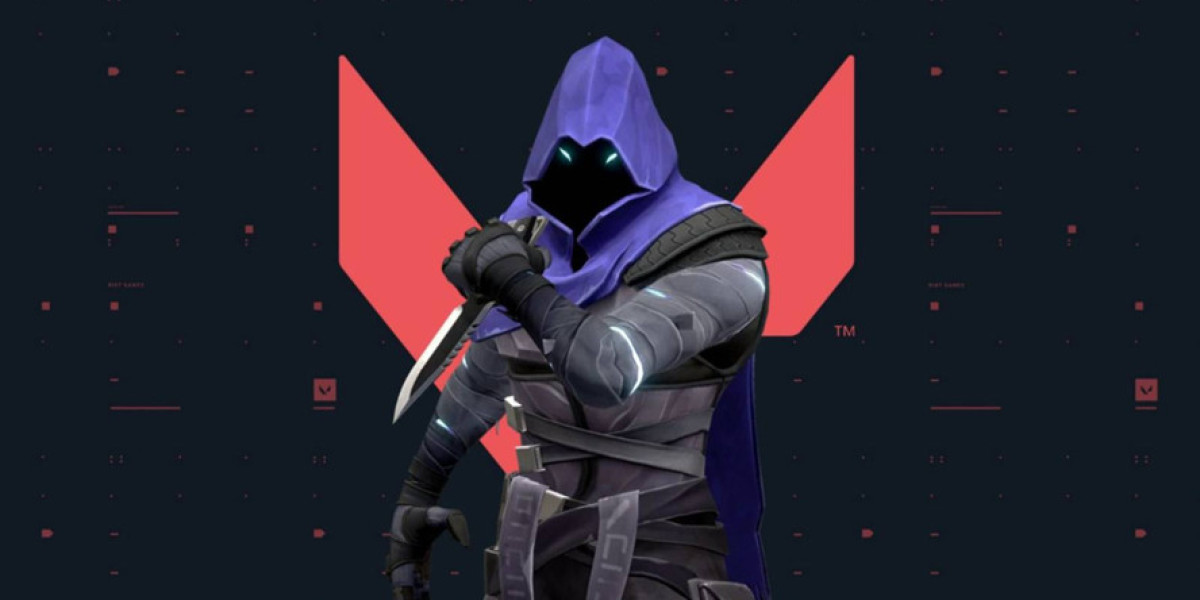November 6, 2025, marks the 10th anniversary of Call of Duty: Black Ops 3. Released in 2015, the game became one of the most ambitious and defining entries in the Call of Duty franchise. Following the monumental success of Black Ops 2 (2012), developer Treyarch returned with a bold vision that pushed storytelling, gameplay, and world-building to new heights.
The Build-Up: Teasers and Global Hype
The journey began on April 9, 2015, when the first teaser trailer, titled #BackInBlack, was released through content creators. It featured thousands of cryptic words and symbols that gradually formed the silhouette of the iconic Black Ops 3 soldier. The trailer concluded with the reveal date of April 26. Many fans still look for fun ways to experience the series again, such as joining a CoD BO7 Bot Lobby. It’s a cheap, legit option that lets you practice or simply relax without pressure.
Just days before the full reveal, Treyarch released the “Ember” teaser, an intriguing look into a future shaped by technological evolution. Through a mix of real-world and stock footage, it portrayed a society transformed by organ replacements, neural control, and human augmentation—setting the tone for Black Ops 3’s central theme of weaponized humanity.
On April 26, the official reveal trailer debuted, set to the Rolling Stones’ Paint It Black. It introduced a gritty world set in the year 2065 and showcased new gameplay mechanics such as wall-running, underwater combat, and advanced movement. The trailer also ended with a brief glimpse of Black Ops 3 Zombies, sending excitement through the fan base.
E3 and Multiplayer Innovation
At E3 2015, Treyarch unveiled Black Ops 3’s multiplayer mode. The new Specialist System allowed players to choose from nine unique characters—each with distinctive abilities and weapons. The movement system emphasized fluid, chained actions, allowing for seamless wall runs and thrust jumps across maps built specifically for verticality and flow.
The reveal received widespread praise for its polish and innovation, balancing futuristic mechanics with the franchise’s classic, grounded gunplay.
The Return of Zombies: Shadows of Evil
On July 9, 2015, Treyarch revealed Shadows of Evil, an all-new Zombies map set in a noir-themed 1940s city called Morg City. Featuring a star-studded cast including Jeff Goldblum and Heather Graham, it combined jazz-era aesthetics with dark supernatural themes.
While visually stunning, Shadows of Evil initially received mixed reactions. Many fans were confused by its complexity—introducing “Beast Mode,” “GobbleGum” consumables, and multi-step rituals to unlock the Pack-a-Punch machine. Over time, however, the map became regarded as one of the most creative and ambitious Zombies experiences ever made, praised for its storytelling, visuals, and hidden lore connections to Mob of the Dead from Black Ops 2.
Alongside Shadows of Evil, players received The Giant, a modern remake of the classic Der Riese map from World at War. Although simpler and more accessible, it was initially criticized for being locked behind a season pass or special editions. Nonetheless, it provided nostalgia and balance to the complex main Zombies map.
Zombies DLC Journey: From Der Eisendrache to Revelations
Der Eisendrache (February 2016)
The first Zombies DLC, Der Eisendrache, was released in February 2016 and quickly became a fan favorite. Set in an Austrian castle, the map introduced the Wrath of the Ancients bow and four elemental upgrades reminiscent of Origins’ staff system. It was celebrated for its balance between accessibility and depth, featuring the series’ first true boss fight and an emotional ending cutscene that deepened the storyline.
Zetsubou No Shima (April 2016)
Set on a dark, rain-soaked island, Zetsubou No Shima continued the narrative with Takio’s chapter. Although visually impressive and rich in atmosphere, it suffered from technical issues, RNG-heavy quests, and a tedious power system. Despite its emotional ending, it is still considered one of the weaker maps in the Black Ops 3 Zombies lineup.
Gorod Krovi (July 2016)
Gorod Krovi transported players to a war-torn Stalingrad with dragons, mechs, and chaotic battles. It introduced the dual-wield Ray Gun Mark 3 and featured an exhilarating double boss fight against both a dragon and Nikolai in a mech suit. The map’s cinematic design, balanced layout, and powerful emotional ending cemented it as one of the best in the series.
Revelations (September 2016)
The final DLC, Revelations, was marketed with incredible fanfare. The map combined iconic areas from previous Zombies maps—Nacht der Untoten, Kino der Toten, Mob of the Dead, and Origins—into a single massive experience.
While it offered nostalgia and visual grandeur, it faced criticism for its limited new content and a recycled boss encounter. The ending, which symbolically looped the Zombies storyline, divided the community but remains one of the most discussed conclusions in Call of Duty history.
Zombies Chronicles (2017)
Nearly a year later, Treyarch surprised fans by releasing Zombies Chronicles, a remastered collection of eight classic maps. The announcement, made via a YouTube video with community creators, reignited the Zombies fanbase and gave both new and old players a chance to relive the franchise’s legacy in HD.
Campaign: Ambition and Controversy
The Black Ops 3 campaign stood apart for its four-player co-op mode and cybernetic theme. However, its complex narrative—revolving around consciousness, memory, and identity—left many players confused. Later analysis revealed deeper philosophical undertones, but at launch, it was widely criticized for its execution and lack of connection to Black Ops 2’s characters.
Treyarch also included a hidden Nightmares Mode, reimagining the campaign with Zombies enemies and a horror tone. Despite its creativity, it was seen as more of a novelty than a fully realized mode.
Multiplayer Legacy and Competitive Scene
Despite challenges, Black Ops 3’s multiplayer remains one of the franchise’s finest achievements. Its fluid movement, balanced weapons, and visually stunning maps have aged exceptionally well. However, its loot-box system, which locked weapons behind randomized “Supply Drops,” drew heavy criticism at the time.
The competitive scene thrived under Treyarch’s direction, even if Black Ops 2’s legendary League Play mode was never fully replicated. To this day, Black Ops 3 multiplayer is remembered for its energy, polish, and fun factor.
Enduring Impact and Modding Community
On PC, Black Ops 3 continues to live on through custom mods and Steam Workshop maps, many of which rival Treyarch’s own creations in quality. The game’s tools and engine became the foundation for later titles like Black Ops Cold War, showcasing the lasting strength of its design.
A decade later, Call of Duty: Black Ops 3 stands as one of the most complete and beloved entries in the series. Its Zombies mode redefined community storytelling, its multiplayer set new standards for fluid gameplay, and its creative ambition continues to influence Call of Duty titles to this day.
Conclusion: The Game That Never Died
Ten years on, Call of Duty: Black Ops 3 remains a landmark in gaming history. Its influence can still be seen across the franchise and in the thriving fan community that continues to create, explore, and celebrate it.
For many, Black Ops 3 is more than just a game—it’s the gold standard of the Call of Duty series, a masterpiece that refuses to fade with time.








